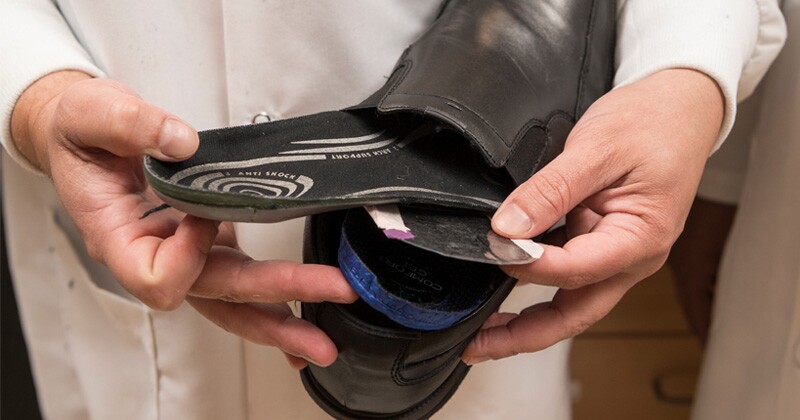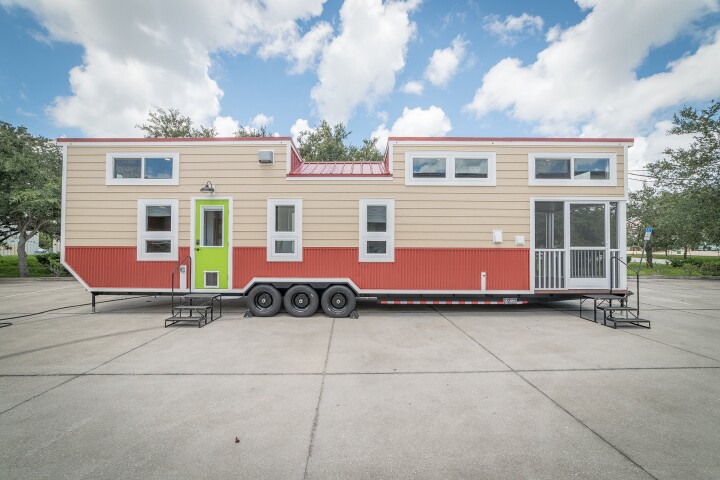Imagine if there were comfortable and inexpensive wearable fabrics that were capable of detecting a wide range of pressure and motion. Well, scientists at the University of Delaware have created just such a technology, and it could have some interesting applications.
Developed by a team led by associate professor Erik Thostenson and doctoral student Sagar Doshi, the base of the material consists of regular fabrics such as cotton, nylon, polyester or wool. Bonded to the surface of these is a low-cost carbon nanotube composite coating, which is light, flexible, breathable, and just 250 to 750 nanometers thick (that's approximately 0.25 to 0.75 percent as thick as a sheet of paper).
Carbon nanotubes are made up of rolled-up sheets of graphene, which is itself a one-atom-thick sheet of linked carbon atoms. They're also electrically conductive, which allows the coating to detect everything from a light touch to "being driven over by a forklift," plus it can detect movement on the part of its wearer.
"The fabric is piezoresistive, in that the electrical resistivity changes as the fabric is deformed," Thostenson explains to us. Such changes are measured by constantly running a low-voltage electrical current through the coating.

One possible use for the technology is pressure-sensing shoe insoles which could be used either to assess the gait of patients recovering from injuries, or to prevent injuries in athletes. Doshi has already tested the material in the soles of shoes, and found that it delivered pressure data similar to that gathered by a much more expensive force plate device.
The material could conceivably also find uses such as monitoring post-surgical recovery, and assessing pediatric movement disorders while children are in their homes, instead of requiring them to make visits to clinics.
A paper on the research was recently published in the journal ACS Sensors.
Source: University of Delaware





